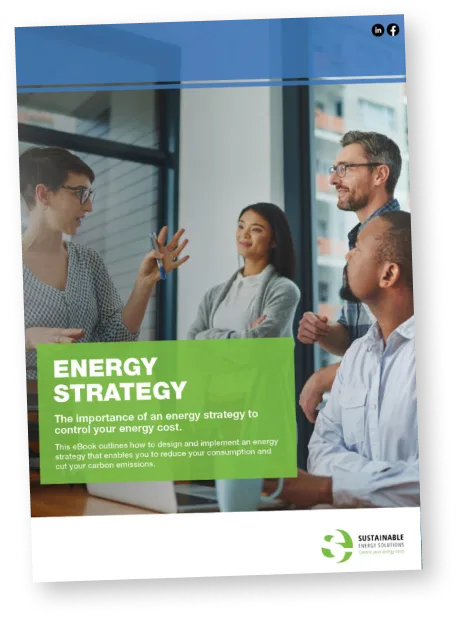Founded in 2008 by Andrew Reuss, Sustainable Energy Solutions is a niche consulting firm specialising in energy procurement.
We are Australian owned and operated. Our team of 28, help clients to take control of their energy cost by securing competitive electricity and gas contracts for their business or site anywhere in Australia.
Our team of experts can also advise on renewable energy products and energy efficiency technology such as solar, LED lighting and Power Factor Correction. Our goal is to help businesses reduce their energy use and achieve long term savings.
To educate and prepare medium and large businesses to address the impact of energy on their businesses and develop strategies to enable them to effectively take control of their energy costs.
At the heart of our business are 3 core values: Excellence, positive energy and collaboration.
We specialise in: Energy Procurement, Energy Efficiency and Data Management.
Sustainable Energy Solutions’ team of experienced Client Relationship Managers serve a large client portfolio across diverse industry sectors. Understanding the demands of our clients, whether they are small owner operated businesses or large enterprises is key to our client relationship management strategy. We take a proactive approach to educating our clients and helping them to take advantage of relevant market opportunities.
Delve into the dynamic landscape of energy strategy and navigate the complexities of sustainable power solutions. This comprehensive guide offers a roadmap for businesses seeking to optimise their energy usage, reduce costs, and minimise environmental impact.

To download your eBook enter
your details and click Submit.
SES needs the contact information you provide to us to contact you about our products and services. You may unsubscribe from these communications at any time. For information on how to unsubscribe, as well as our privacy practices and commitment to protecting your privacy, please review our Privacy Policy.
Connect with our team of energy experts to discuss your business energy needs.